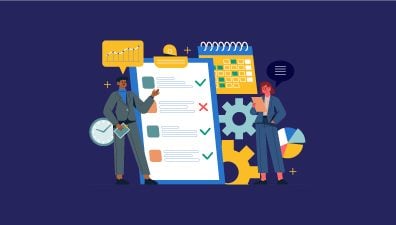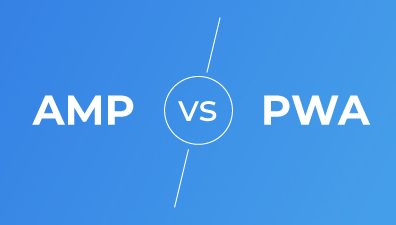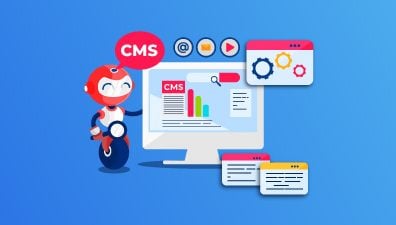In this world of technology, the terms web design and web development are not strange anymore. Although there may be some overlap between the two, design and development are two distinct areas that need separate skill sets. If you’re strictly speaking about the general concepts of web design vs web development. Let’s jump into this blog and you will have a clear understanding of each role.
Table of Contents
What Is Website Development?
Web development is turning the designs into a live website, it helps to make a website look great, work fast, and perform well with a great user experience. Web development consists of the construction and maintenance of websites. Web developers use software tools and a variety of coding languages to develop the functionality and design of a website. The languages they use rely on the kinds of tasks they perform and the platforms on which they are working.
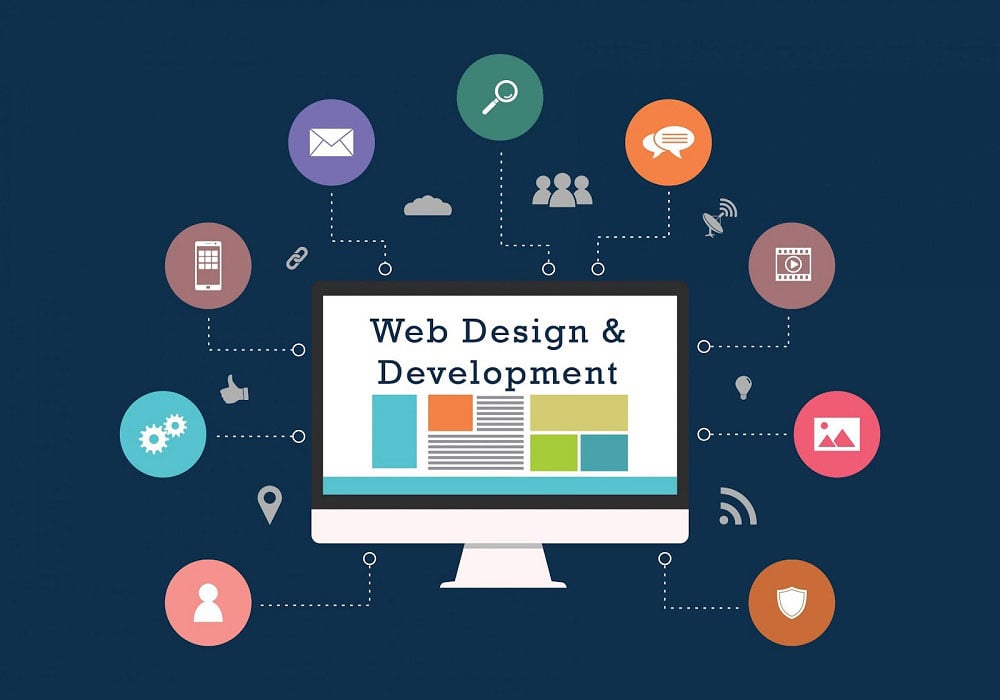
Web development skills are required globally and the field of web development is generally divided into front-end (the user-facing side) and back-end (the server side).
Based on their role, web developers can also be divided into three types:
Back-end Web Development
The backend development is what is going on behind the scenes, which is where the data is stored, and without this data, there would be no front end. The backend of the web combines the server with a database to contain the data, hosts the website, and an application for running it. The backend development ensures that the server, the application, and the database run smoothly together. This type of development requires analyzing a company’s demands and providing efficient programming solutions.
Back-end developers typically work with programming languages such as PHP, Python, Ruby, Java, or JavaScript. They use these languages to build server-side applications, design and manage databases, and integrate with other third-party services such as payment processors or social media platforms. Back-end developers also need to be familiar with server-side frameworks and technologies, such as Node.js, Django, Ruby on Rails, and Flask, among others.
Front-End Web Development
Front-end development consists of layout, design, and interactivity using HTML, CSS, and JavaScript. The things you see and what you use, such as the drop-down menus and the text, the visual aspect of the website, are all called front-end development. Front-end developers also work with front-end frameworks such as React, Angular, and Vue.js, among others, which provide a set of tools and features to speed up the development process.
In summary, Responsiveness and performance are the two main objectives of the front. The developer must ensure that the site is responsive i.e. it appears correctly on devices of all sizes no part of the website should behave abnormally irrespective of the size of the screen.
In addition to designing and building the website user interface and visuals, front-end developers also need to be familiar with back-end technologies and concepts. They need to understand how web applications communicate with servers, how data is managed and stored, and how APIs and other third-party services are integrated into web applications.
Full-stack Development
Full-stack Development takes care of both the front-end and the back-end and requires that the web works on all levels, to determine how the client and server sides will relate.
Some of the main roles of a web developer are in the list below:
- Front-end Developers: They are able to use javascript libraries, styling preprocessors, and frameworks to fasten the process of development. They achieve this using HTML for structure, CSS for styling, and JavaScript for functionality. To expedite development, they often utilize JavaScript libraries (like jQuery), styling preprocessors (like SASS or LESS), and frameworks (like AngularJS or React).
- Back-end Developers: Constructing the actual interface through which a user interacts with the website, which is built by front-end developers using HTML, CSS, and JS languages. They are provided the markup design by front-end developers. Therefore, they can implement a dynamic website, and then submit all the required data on the server and databases. They work with languages and frameworks such as Ruby on Rails, PHP, Java, Python, or .NET to create the logic that powers the website’s functionalities and to interact with the server, databases, and applications.
- Version Control: Web developers can also use versioning functions to keep the history of the previous builds. This practice is crucial for collaboration, as it allows multiple developers to work on the same project simultaneously without overriding each other’s work. It also makes it easier to revert back to previous versions if something goes wrong with the current version of the site.
- Development Environments: Both back-end and front-end developers may use the same development environments or IDEs in their works. These are application tools where you code and construct the structure of the website. Popular IDEs include Visual Studio, Eclipse, and IntelliJ IDEA, while some prefer more lightweight code editors like Sublime Text, Atom, or VS Code.
What Is Website Design?
Web designers are those who transform a story, or an idea into a visually appealing design and use their layout to shape the user experience and feel throughout the whole website. Web design makes the website more attractive and eye-catching. Web Design covers a lot of skills, and work, and shows a thorough process in the formation and operation of the website.
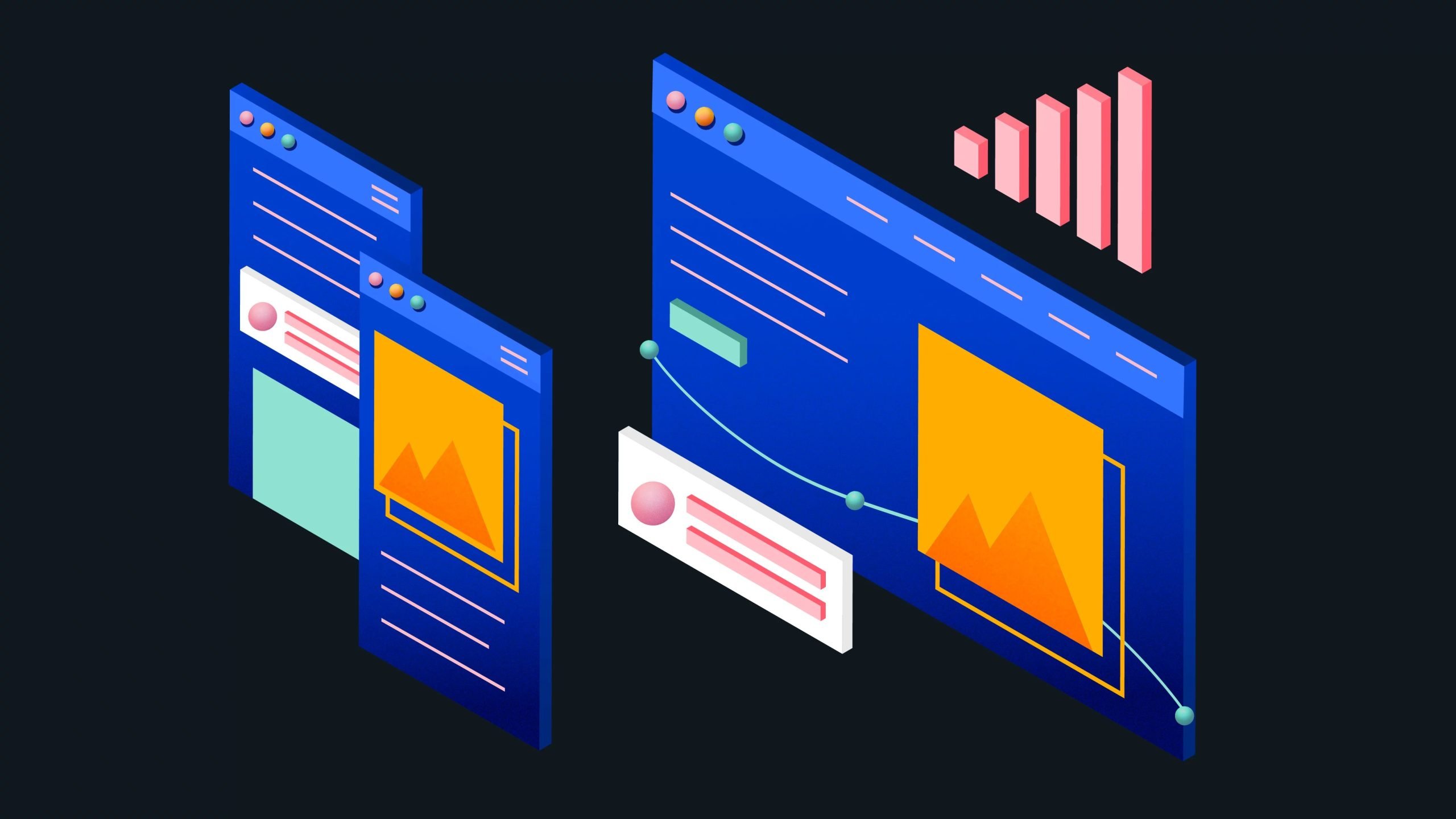
Website design skills include interface design (Web Design), user interface design (UI Design), authentication (Authorized), coding, data design, and SEO… Usually, these will be individuals (or departments) working independently or in groups to be able to complete a website.
The Website not only depends on the web design and information content but many other factors such as the screen, the connection speed, and the browser used. Therefore, sometimes the user interaction (UX and UI) must be considered. When creating an interface, people must also depend on HTML and CSS (programming language for computers to understand and display in the browser).
In order to develop a product, it takes a long process to research and learn how to form the web structure and present information on the web. The components of the website can be changed a lot to attract users to visit or serve different purposes.
User Experience (UX) Design
User experience (UX) design is the process that design teams use to build products that give meaningful and relevant experiences to users. UX design analyzes all aspects of the user’s experience, including how they are made to feel and how easily they can accomplish their goals. This includes all elements of the acquisition and integration of the product, including features of branding, design, usability, and function.
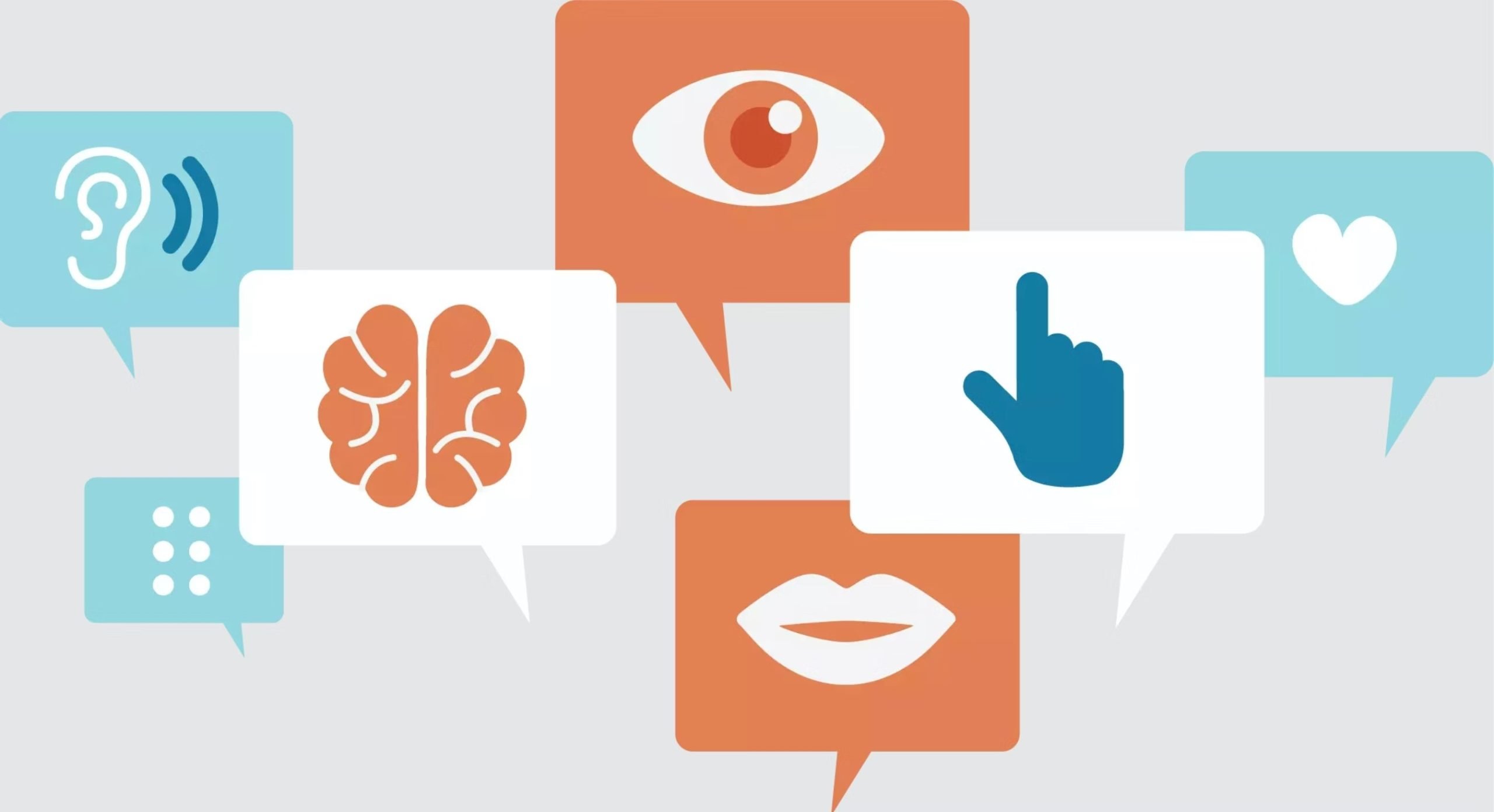
UX designers use a variety of techniques and tools to design digital products that provide a positive user experience. They conduct user research to understand the target audience and their goals and use this information to create user personas, user flows, and wireframes. They also create high-fidelity designs that incorporate visual elements such as typography, color, and images.
User Interface (UI) Design
User Interface (UI) Design is the development of graphics, illustrations, and the usage of photographic artwork and typography to improve the appearance and arrangement of a digital product across its many device perspectives. Interface elements are composed of input controls (buttons, drop-down menus, data fields), navigational components (search fields, slider, icons, tags), and information components (text boxes, buttons, drop-down menus, data fields, etc) (progress bars, notifications, message boxes).
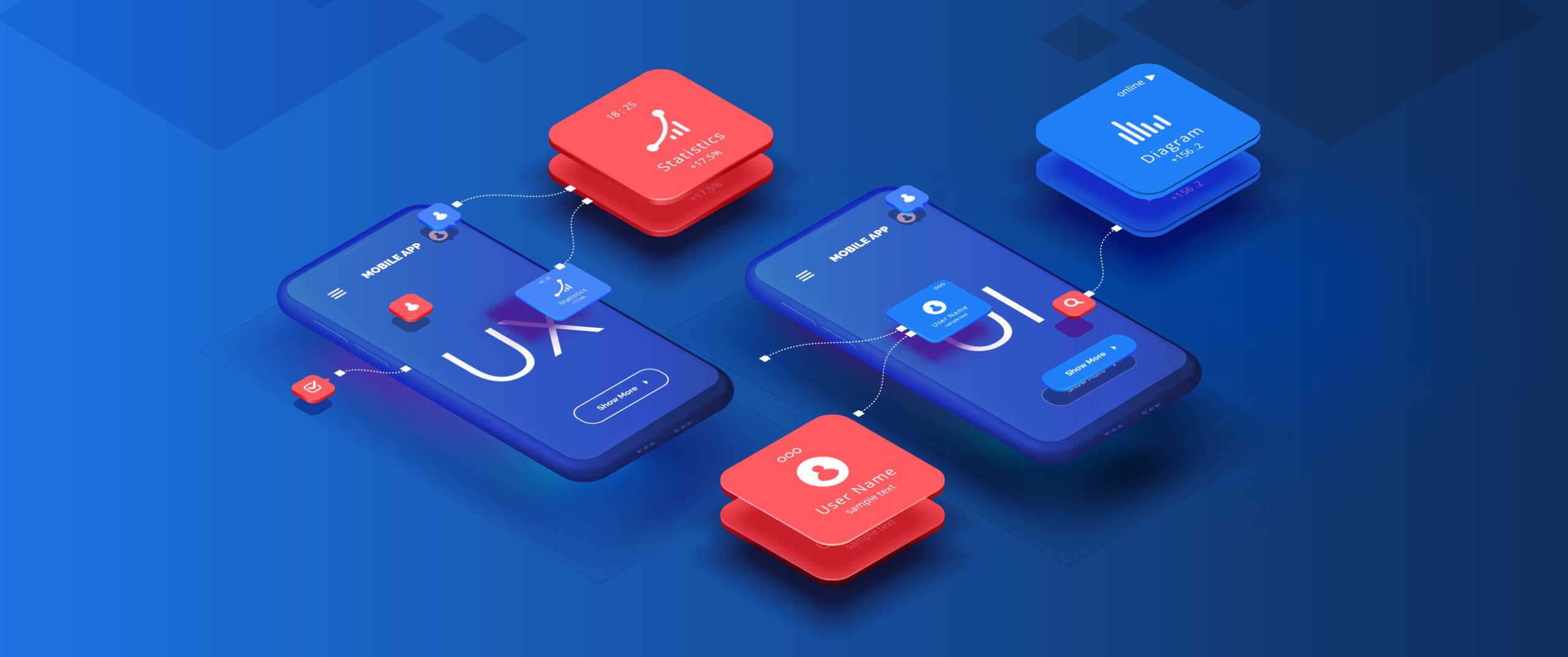
In addition to creating visually appealing and easy-to-use websites, UI designers also need to ensure that the website is accessible to all users, including those with disabilities. UI designers need to follow accessibility guidelines and design principles to ensure that the website can be used and navigated by as many people as possible.
Visual Design
The visual designer’s goal is to make the final product appealing. They are a blend of UI and UX designers. Their job is to improve the user journey by solving design challenges. They also assist in defining a brand’s own style or voice.
In order to develop a product, it takes a long process to research and learn how to form the web structure and present information on the web. The components of the website can be changed a lot to attract users to visit or serve different purposes.
These are a variety of a web designer’s main roles:
- User Experience Focus: Have a good feel for user experience, to identify the simplest approach possible to attain the desired feature. This includes the general format, images, layout, and buttons of the website.
- Graphic Design Skills: Web designers are adept at creating visual elements that enhance the site’s appeal. This includes designing logos, graphics, and other visual content that reflects the brand’s identity and message. Their artistic skills are crucial in making the website not just functional but also visually compelling.
- Layout Design Tools: To bring their designs to life, web designers use a variety of software tools Framer, Sketch, or Adobe Photoshop. These tools allow them to create detailed and polished layout designs, ensuring that every aspect of the website’s appearance is carefully crafted and visually coherent.
- Branding and Aesthetic: Web designers also have to remember the branding of the website, the color palettes to be used, and the readability and typography of the website. They ensure that these elements are consistently applied throughout the website to create a cohesive and recognizable look.
- Staying Up-to-Date and Consistent: Web designers must keep up-to-date with cutting-edge design trends. It’s also important to keep design consistency that is made popular by other web giant companies, such as Facebook, and Google. This makes the website environment and interfaces easy to navigate and use since it is already familiar to the user’s eyes.
Types of Web Design Services
Web design includes Static Web Design (web interface) and Dynamic Web Design (Web data and information processing).
Static Web Design
Static Web Design means websites that use HTML, CSS, audio, video, images,… to create a website interface. It is saved as a .html or .htm file, fixed, these are not editable. Static web design includes 2 parts, including design and building interfaces:
- Design is the career of designers. They use Graphic Design software (Photoshop, Adobe Illustrator, Sketch, etc.) to build interfaces in the form of common images.
- Interface building is the programmer’s job. They use HTML, Javascript, and CSS code to create an interface for the website. After building the interface in HTML, you will get a website as usual, but it is not functional. This interface is capable of recording events such as clicks, transitions, and some effects… However, this web can not store and retrieve data (registration, purchase, search data). The static web gets stuck when you want to change the look and feel. If you do not know HTML then you will be visible because of the inability to create web interactions.
Dynamic Web Design
Dynamic websites are websites that do not have fixed content and can edit and add custom pages. The main languages for dynamic website programming are Java, PHP, ASP, ASP.NET, Python,… PHP and ASP.NET are used the most frequently today.
Dynamic web design is the design of data processing at the back of a website (back end). This means that the dynamic web is a web with a full database, capable of processing and storing data automatically. The Dynamic web allows easy content updates, utilities, management, analysis of customer data, and so on.
Web Design vs Web Development: What’s the Difference?
While there’s overlap between web design and development, they are distinct fields and proficiency in both is key for an exceptional user experience. They collaborate closely to create websites that are engaging, functional, and user-friendly. Here’s a brief look at their major differences.
Website Developers Do Not Create Visual Assets
The primary distinction between web design and web development lies in their responsibilities: web designers focus on creating visual assets that enhance the site’s aesthetics and user experience, while web developers are tasked with bringing these designs to life through coding.
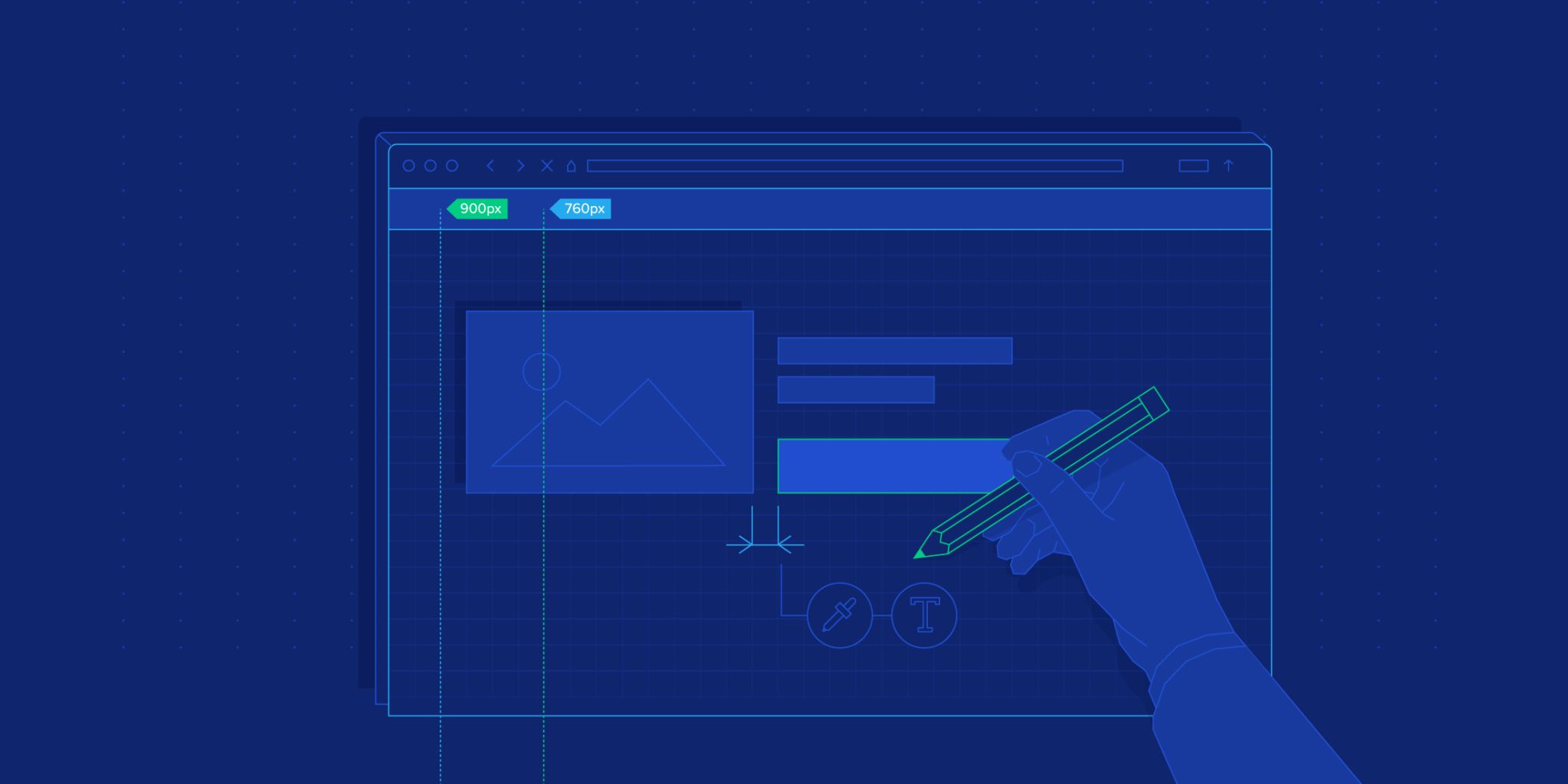
Developers use languages like JavaScript, CSS, and HTML to turn designers’ mockups and wireframes into functional features, making asset creation the domain of the designer and its implementation the realm of the developer.
Website Designers Do Not Take Responsibility for Coding
Another key distinction between web design and web development is that designers typically don’t engage in coding. While there are exceptions, designers focus on visual aspects using tools like Photoshop, creating mockups, and designing layouts without delving into code.
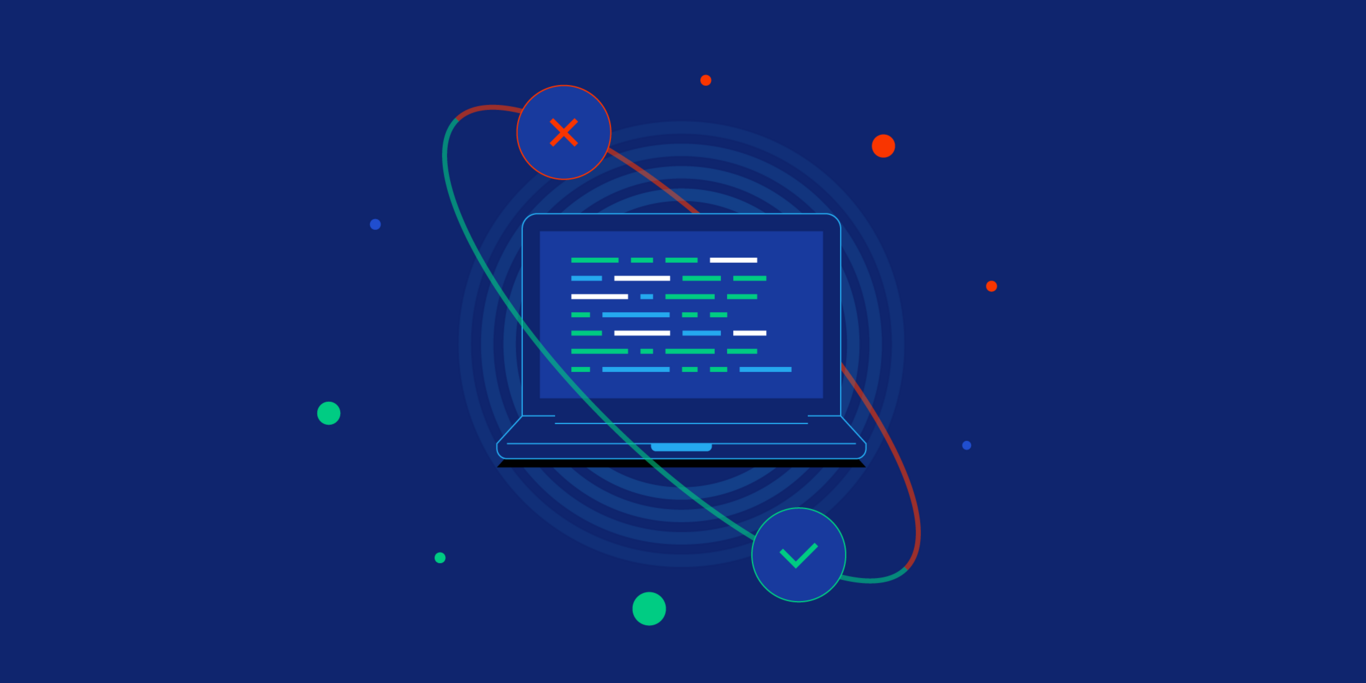
Instead, coding is where web development comes in, translating design into functional websites. Some companies even use ‘no code’ website builders, allowing designers to enhance the site’s aesthetics and user experience without needing to code.
Web Development Enhances Functionality, While Web Design Boosts Aesthetic Appeal
Web development is focused on adding functionality through code, turning a static design into an interactive and operational site. In contrast, web design aims to improve the aesthetic appeal and user interface, ensuring the site is visually engaging and intuitive to navigate. Both are crucial; while development brings the site to life with interactive features, design ensures it’s a place users will want to visit and explore.
Above are some main differences between web development and design. In order to provide you with a comprehensive overview of these discrepancies, check the table below.
Web Designer | Web Developer |
Designers focus on appearance and usability | Developers focus on functionality and structure |
Utilize graphics design software - including products like Adobe Photoshop, Illustrator, Inkscape (an excellent alternative to Photoshop), and GIMP | Work with programming languages like HTML, CSS and JavaScript to create websites and web applications |
Web designers are not primarily responsible for knowing how the code works | The coding skills needed to add functionality to a website |
They transform the ideas into visually appealing designs | They transform designs into fully functional websites |
Web design refers to how the website looks and feels on the outside | Web development refers to the functionality of the website on how it works |
Additionally, the cost of hiring a web developer is typically more than the cost of hiring a web designer. According to ZipRecruiter, the average rate for web engineers is $45/hour, while the average rate for web designers is $36/hour. There are more designers than developers, and coding, in general, is a highly sought-after ability, which is most likely the main reason for this imbalance. As coding becomes more prevalent among the skill pool, the disparity between the two rates will diminish. Whether you’re employing engineers or designers, you’re paying for their collective years of experience in their field.
Responsive Website Development and Design Specialization
Today, in web programming, we quickly realize that we cannot keep up with the rapid development of new electronic devices (smartphones, tablets, etc.) and different screen resolutions. So instead of designing each appropriate version for each device, the optimal solution is to use responsive design – making our website suitable for all devices. With the dramatic increase of Responsive Web Design use, there is a wide range of courses born to raise the knowledge about this field such as Responsive Website Development and Design Capstone and Responsive Website Development and Design Specialization Github in the online course.
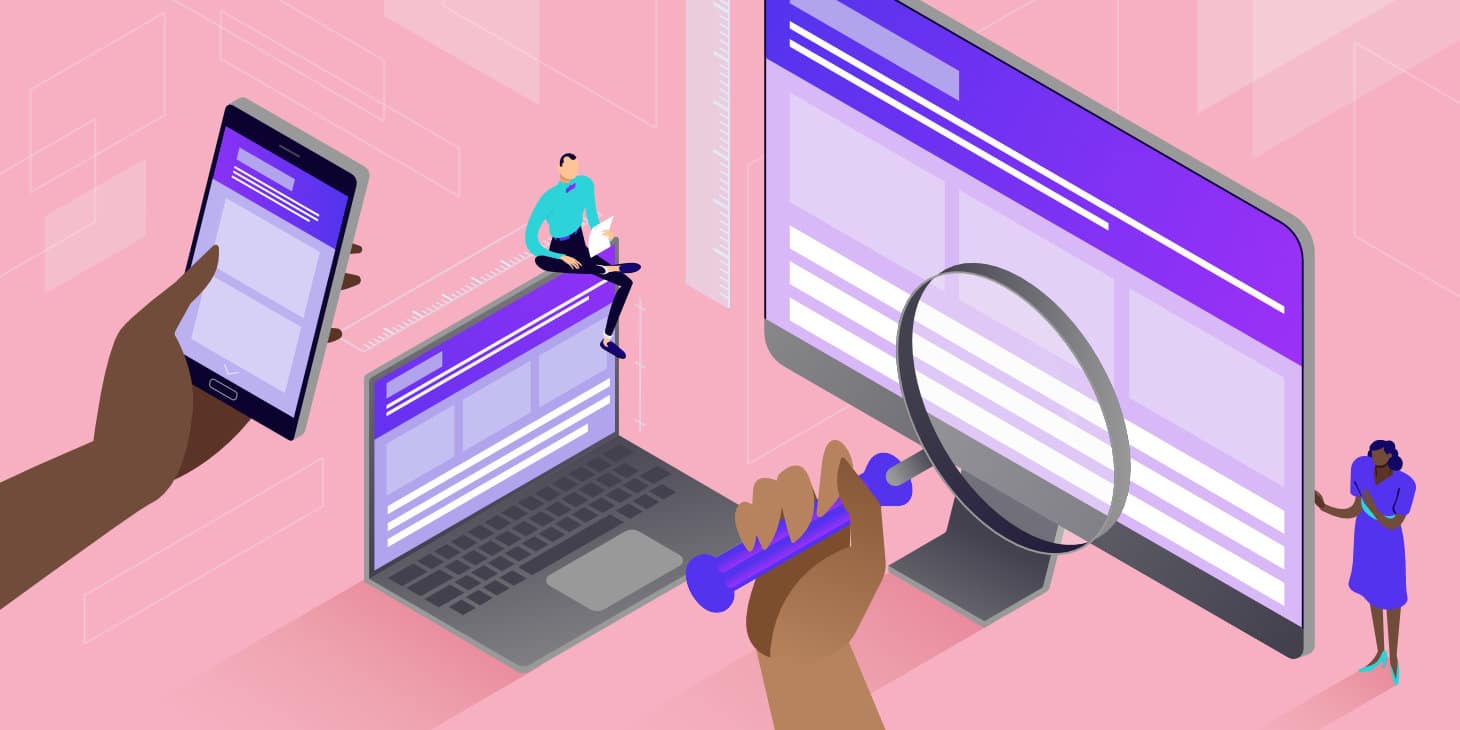
Now, we will show you the basic knowledge about this. Responsive Web Design (RWD) is a new trend in today’s world, and it enables web design and development to satisfy all devices and users’ environments according to the size and dimension of the device screen. Responsive Web Design is made up of 3 basic components:
- Flexible Grid-based layout: This is the foundation of responsive design. Instead of using fixed-width layouts, a flexible grid layout uses relative units like percentages or ems. This approach ensures that the layout of the website can be adjusted and reflow to fit the screen size of any device.
- Media Queries: Media queries are a crucial feature of CSS that allow designers to apply styles based on the characteristics of the device the website is being viewed on, most commonly the width of the browser. They enable designers to create different looks for different devices or screen sizes.
- Flexible Media: Just as the text and layout need to be flexible, so do the images and other media. Flexible media means ensuring that images, videos, and other visual content also resize within their containing elements. This is typically achieved by setting the max-width property to 100% so that media can scale down to fit smaller screens but not scale up beyond their original size.
The Reason Why We Need Responsive Web Design?
Responsive Web Design helps save a lot of time and money because you do not need to maintain different web versions for phones and computers.
Responsive Web Design helps to improve SEO (search ranking) for your website when every stream only leads to a single URL instead of many different URLs. Your Google Analytics reports will paint a better picture of your site usage as data from mobile and desktop users will be merged. The same goes for metrics (like sharing) on social networking sites like Facebook, and Twitter…
Responsive Design makes it easy to maintain the website when it has nothing to do with the server side, just change HTML and CSS to change the interface or layout suitable for different devices.
For the reasons above, responsive web design is quickly becoming a must-have for all website designs. But if you are not familiar with the concept and don’t know how to design a responsive web, it can be difficult to decide whether your business should incorporate responsive design as part of its site. To effectively resolve issues regarding responsive web design and give you the best possible solutions, our qualified designers at Magenest are more than willing to aid you in crafting a digital experience with strategies for conversion optimization that is as effortless as making your Sunday cup of tea.
Final Words
In conclusion, the use of website development and design will continue to rise in the tech-driven world. We hope this article is useful for you, and that you have more information about website development and design blogging.
If you are searching for a reliable partner who knows how to leverage offshoring to grow your company, we are ready to help you. Magenest is proud to be a website development and design company with 8+ years in business, we have helped brands transform their digital presence through our full-stack technology pack with Odoo, Salesforce, Adobe Magento Commerce, Shopify, and Amazon Web Services with a one-stop digital solution. We will provide you with this great website development and design. Let’s contact our experts to find out what values we can bring to you and your business or discover our full package of Magento website development services.


